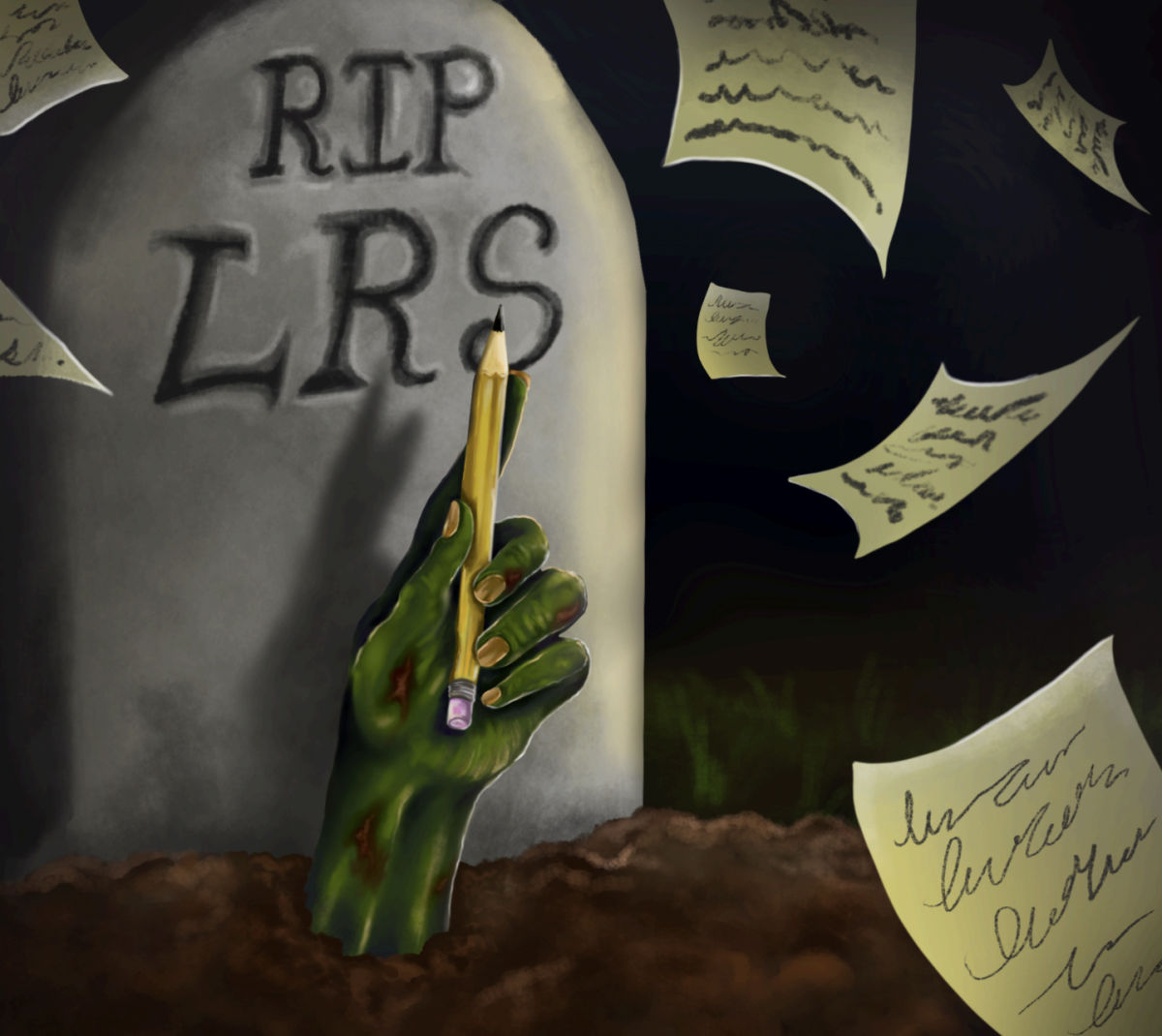The buzzwords surrounding culture- or ethnic-themed dormitories are misleading: “multicultural” sounds like a good thing, whereas “segregation,” not so good. A dorm of pride-filled blacks or Latinos is something a college can be proud of; the all-white dorms or frat houses implied by such an arrangement (and yes, all-white housing is the inevitable result of minority housing) seem less heartwarming. In a recent piece on colleges’ “living-learning communities,” The New York Times reported that Cornell has a program house called “Ujamaa Residential College, for students interested in African-American culture.” The Times explains: “Living-learning communities have not been without controversy. Some critics object to the very concept of grouping like-minded individuals, limiting their exposure to different points of views. Others contend that houses based on race or ethnicity segregate members from the larger student body.”
Cornell’s Mr. King disagrees. “We’ve argued this point,” he says, after a civil rights group complained to the State Department of Education that Cornell had created segregated housing. The department ruled in 1995 that no laws or regulations had been violated. “The fact is that these houses are open to any students who wish to participate,” he says. “What it does is provide a support base for students who need that type of association.'”
Ujamaa’s website states: “Since it’s founding in 1972, the mission of Ujamaa has remained steadfast—to create a living environment that celebrates the rich and diverse heritage of black people, while promoting the integration of personal goals with academic and professional opportunities.”
Cornell’s Latino Living Center’s website, in turn: “You will live among students of varying Latino ethnicities and others from a mixture of cultural backgrounds. A common bond of appreciation for the values of Latino heritage—respect for individuals, a dedication to education, a commitment to community, and the importance of family—link residents. A sign stating ‘Bienvenidos A Su Casa,’ welcome to your home, greets each of the 56 residents as they arrive on campus each semester. It truly is more than just a place to live, LLC becomes a ‘home’ with all the comforts provided by a strong, familial environment—that is the Latino way!”
Both websites include happy words like “diverse” and “community”—ironic, given that both houses detract from Cornell being on the whole, a diverse community. Both refer to the experience of living in their house as like being part of a family. Because of course what family is all about is shared race and culture, so in integrated dorms, people just bump one another’s laundry and leave alarm clocks on when they go out because, frankly, they just don’t care. Then again, I live in Broadview, Chicago’s insular lunatic themed dorm, where no one of any race is aware of his or her neighbors.
Broadview is to some extent but by no means fully self-segregated racially. While there are signs up in the elevator for cultural shows, confirming that my dorm’s residents do, in fact, care about ethnic solidarity, the thing to take into account is that there are signs up for a huge range of cultural shows; if I lived in a white dorm, a Jewish dorm, or (and this could potentially be interesting) a stuck-up Manhattan girl dorm, this would probably not be the case.
Chicago, as far as I know, does not have race-themed dorms. Last I checked, from Pierce to Shoreland, from Maclean to Max Palevsky, everyone lives everywhere, everyone eats everywhere, and aside from the minority lounge in Harper, everyone hangs out and whines about finals everywhere. While I have not passed around self-identify-your-race forms, a cursory glance suggests that the fourth floor reading room of the Reg, where I’m writing this article, is a multiracial environment. While some spaces—culture clubs, religious organizations—will inevitably be less mixed than others, a dorm cannot be such a space.
That these dorms exist at all implies that there are possible justifications for them. “It’s an opportunity for students to feel a sense of belonging and a sense of personalization in their education,” said Donald H. King, Cornell’s director of community development in campus life. The main reason given for racially themed dorms seems to be comfort level. Students, especially minority students, who may have gone to schools that were nearly all-black or all-Latino, need a place that feels like home. But college is not supposed to be like home—the atrocious music blasted by neighbors at all hours, the smoke, legal and illegal, wafting through the halls, the opportunity to drink (or, at Chicago, study) endlessly without anyone telling you to stop—so calling a segregated living environment “homey” doesn’t help make it sound appealing. At least at Chicago, the homey-ness begins and ends with Bartlett’s diner-style station and its sketchy but (reputedly) edible macaroni and cheese.
College is supposed to be a challenge. Will it be more challenging for a minority student than a white one to live in an integrated dorm at a mostly-white college? Perhaps, but think of the inevitable results of this separate-but-equal arrangement: no interracial dating, no stereotypes shattered, no “aha” moments of discovering that someone from a different background is not all that different after all. The cheesy- and trite-sounding benefits of integration are in fact very real.








